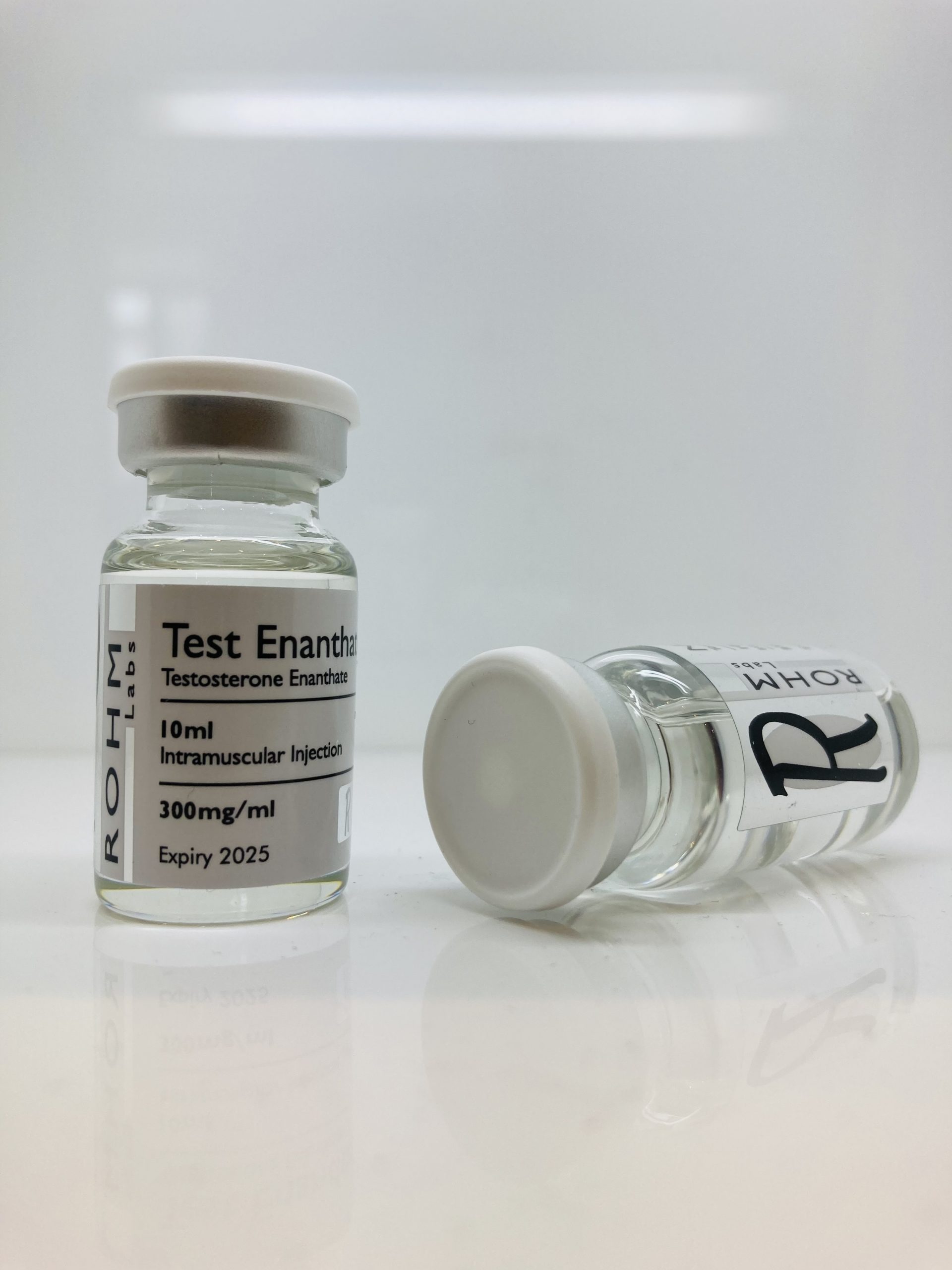Description
Testosterone Enanthate is one of the oldest and perhaps the most commonly used anabolic steroid of all time. Testosterone Enanthate is a slow acting release form of the testosterone hormone and would be the first large/long ester testosterone form used. Synthetic testosterone itself would be developed in the 1930’s. The first batches of testosterone manufactured would have no ester attached (Testosterone Suspension) and needless to say would be fast acting and require very frequent injections. In 1937 the first ester controlled testosterone would hit the market thanks to Schering and their new Testosterone Propionate product. This would allow for more control over the testosterone hormone by regulating its time release. However, in the early 1950’s a larger ester in Enanthate would be attached to the hormone thereby slowing down the hormone’s activity even more. Testosterone Enanthate would become the dominating testosterone form in the medical field and Testosterone Cypionate would join a few years later. The difference in Testosterone Enanthate and Testosterone Cypionate is largely inconsequential.
Testosterone Enanthate Functions & Traits:
Testosterone Enanthate is a single large ester base testosterone compound. This is a pure synthetic testosterone hormone that has a carboxylic acid ester attached in Enanthate (enanthoic acid). The ester itself is attached to the hormone at the 17-beta hydroxyl group. By attaching the Enanthate ester, this allows for a control of the hormones active duration and total release time. Once injected, the testosterone does not become active until the ester begins to detach from the hormone. The total detachment does not happen all at once but allows for a slow, steady release of the active hormone into the body. Once injected, there will be a sharp spike in testosterone within the first 24-48 hours post injection. From here the hormone will continually separate and dissipate through the body. By its time frame, Testosterone Enanthate carries a half-life of approximately 8 days, which will allow for as little as one injection every 2 weeks in a therapeutic setting. However, every 7-10 days will prove far more effective in maintaining stability.





